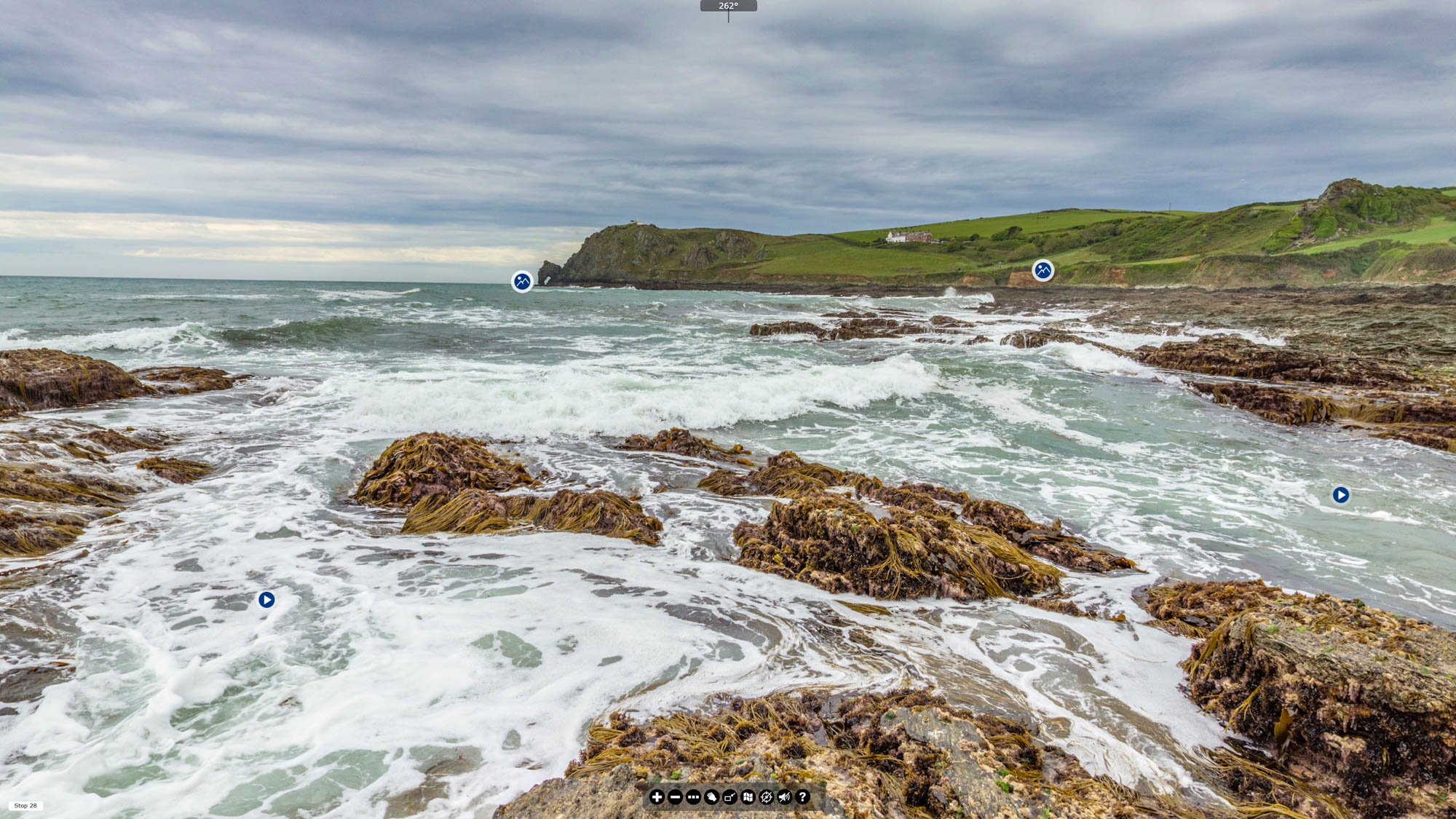Introduction to virtual field trips
Overview
In the next two pages, we briefly consider the following:
These are clearly important questions to address before moving on to the nuts and bolts of virtual field trip design and production.
In particular, the term ‘virtual field trip’ means different things to different people. The issue here is less about the concept (a digital resource that allows someone to ‘experience’ a remote location virtually) and more about the technology employed.
Technology is central to the virtual field trip concept because it determines what can and cannot be achieved in these digital environments. Thus, the term ‘virtual field trip’ on its own only tells you so much.
Depending on who you talk to, a virtual field trip can be one or more of the following: photographs, video clips, a Google Earth Tour, a StoryMap, a true 3D environment produced using a games engine, and so on.
In addition, some virtual field trips are information-rich, standalone educational resources, containing all necessary academic content. Others are blank canvases, providing educational flexibility but also educator input. There are pros and cons to both approaches.
We also discuss how virtual field trips can support inclusion. This is a bigger topic area and the subject of a separate paper (not yet submitted).
In the following pages, we discuss how:
Virtual field trips have an important role to play in supporting in-person fieldwork, primarily through providing opportunities for preparation and follow-up. This can be particularly valuable for students and staff with disabilities (seen and unseen).
Virtual field trips can yield benefits for all field course participants, and an inclusive approach to pedagogic design is an efficient, effective, and ethical approach.
Virtual field trips can contribute to a more inclusive experience for students and staff, but they are not the answer to all issues and so should be part of a broader strategy.

This virtual field trip to Prawle Point in South Devon is an example of an immersive, self-guided virtual field trip. It is immersive because of the 360° imagery, which places you in the field and allows you to look all around. It is self-guided because it is provided without interpretation.
This work is licensed under a Creative Commons Attribution-NonCommercial-ShareAlike 4.0 International License.






